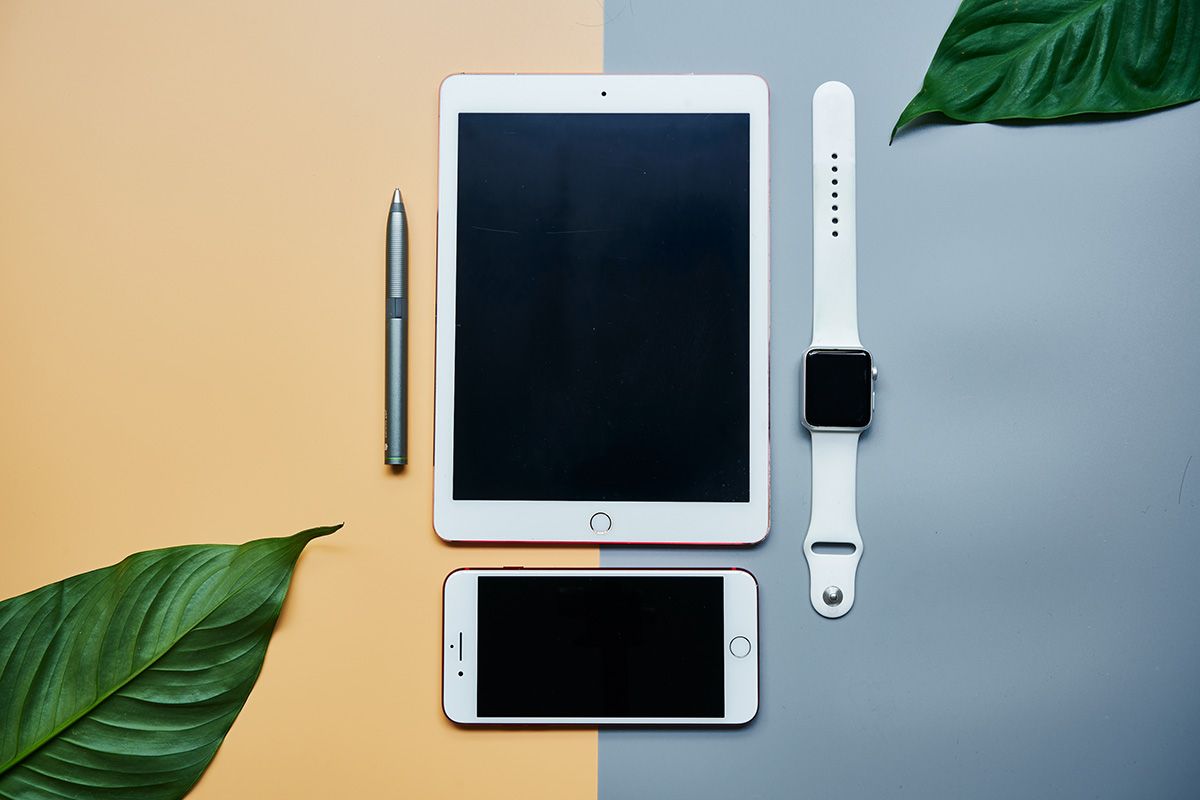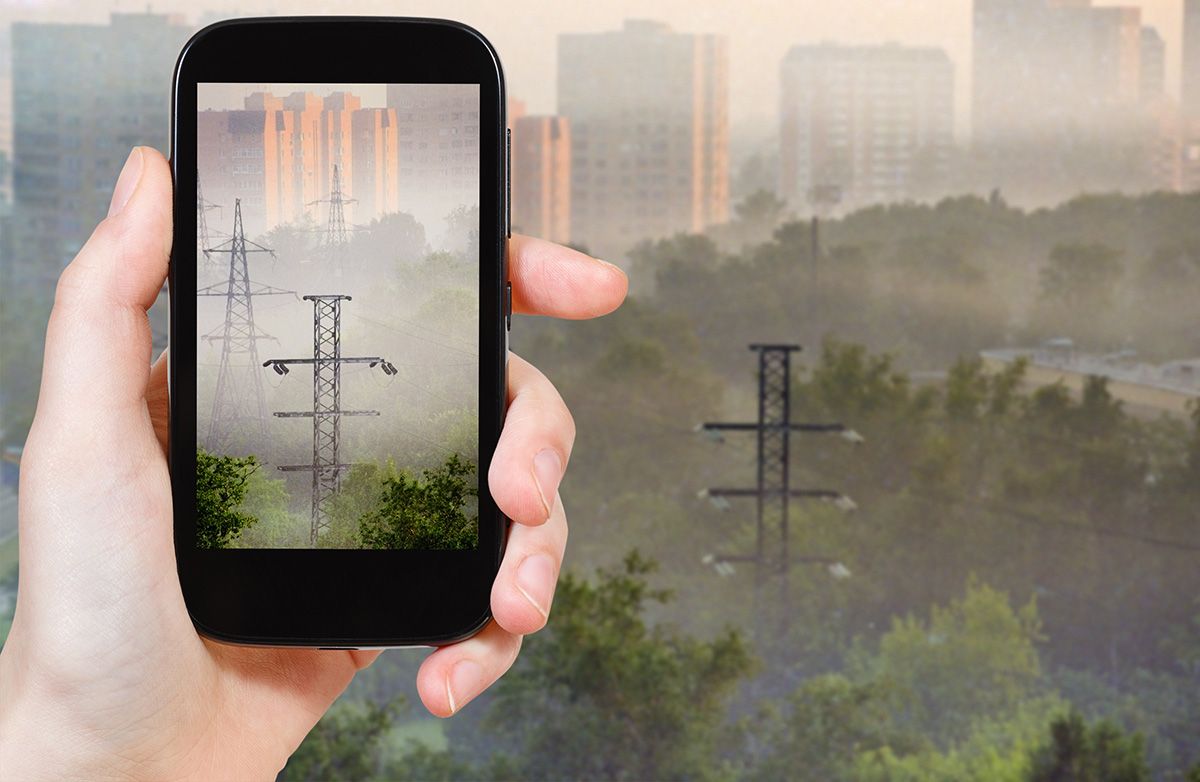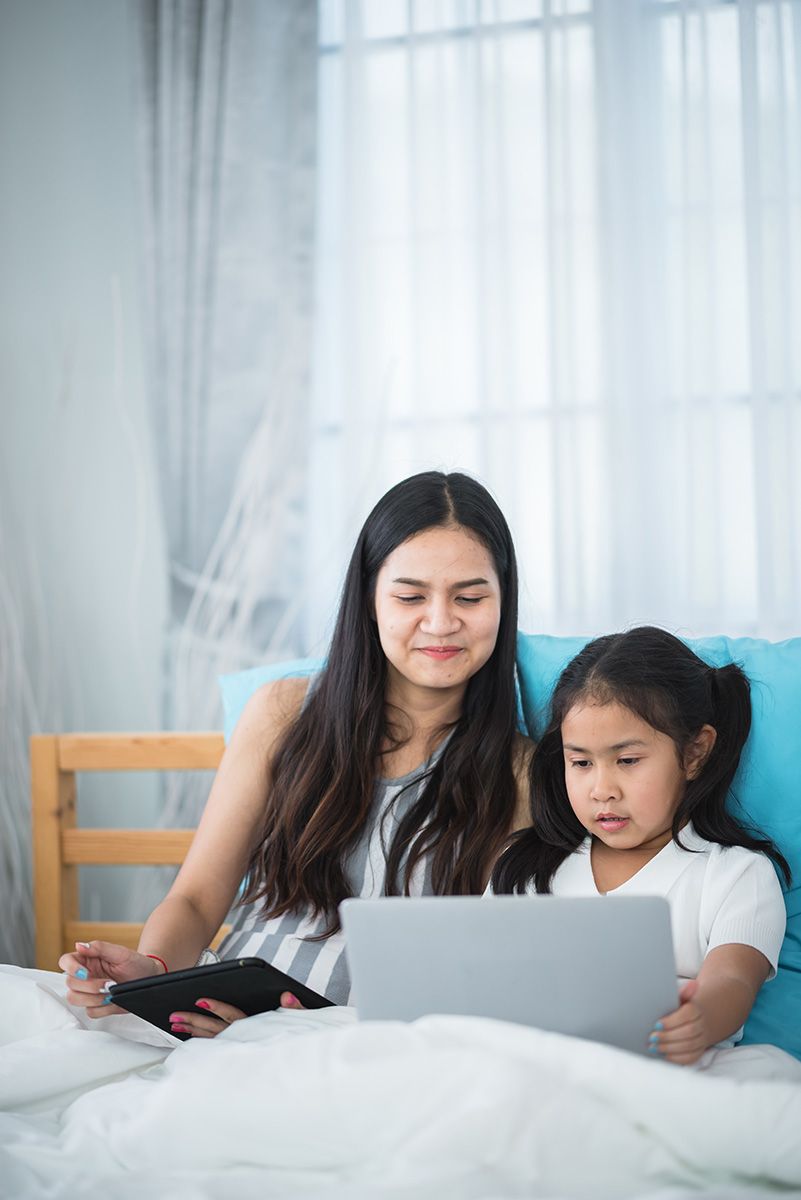- About
- Programs
- After School Classes
- All-School Assemblies
- The BE KIND Business
- The BE KIND Community Education Center
- The BE KIND SCHOOL
- BE KIND on the MOVE
- Classroom Resources
- #CyberSkills
- Family Engagement
- Fitness Programs
- Gardens
- Grace’s Group
- Health & Wellness
- Summer Programs
- Teacher Training
- Wellness Wednesday
- Athletes for Arizona
- Events
- Get Involved
- Donate
Digital Detox Delight: Navigating Electromagnetic Waves
- Home
- Wellness Wednesday
- Emotional Wellness
- Digital Detox Delight: Navigating Electromagnetic Waves
Screen Smart, Live Bright
Conquering Electromagnetic Challenges
Welcome to our tech oasis! In a world where screens are our daily companions, it’s time for a friendly chat about something often overlooked—Electromagnetic Wellness. Our latest blog is your passport to navigating the digital waves with health and harmony in mind. Ever wondered about the subtle dance of energy around your devices? Let’s demystify electromagnetic pollution and explore its impact on our well-being.
Get ready for a journey of friendly tech tweaks! We’re diving into practical tips and tricks to create a healthier relationship with your devices while keeping the fun intact. Think of it as a shield for your serenity! Discover simple yet effective ways to protect yourself from the ebb and flow of digital pollution, ensuring your tech journey remains joyful. Ready to embark on a quest for electromagnetic harmony?

Unmasking Electro Pollution
Electromagnetic Pollution, also known as Electromagnetic Interference (EMI) or Electromagnetic Disturbance (EMD), refers to the presence of unwanted electromagnetic signals in the environment that can interfere with the proper functioning of electronic devices, communication systems, and even biological processes.
This form of pollution is primarily a result of the increasing use of electronic devices and technologies in our daily lives. The World Health Organization says common sources include:

Electronic Devices: The myriad of electronic devices we use, such as smartphones, laptops, Wi-Fi routers, and other gadgets, emit electromagnetic radiation
Power Lines and Electrical Wiring: The transmission of electricity through power lines and the wiring in our homes and workplaces can generate electromagnetic fields.
Wireless Communication: Signals from radio frequency (RF) devices, including Wi-Fi networks, cellular towers, and Bluetooth devices, contribute to electromagnetic pollution.
Appliances and Machinery: Household appliances, industrial machinery, and electronic equipment can produce electromagnetic fields.
Lighting Systems: Certain types of lighting, such as fluorescent lights and LED bulbs, can emit electromagnetic radiation.
The potential effects of Electromagnetic Pollution on human health are a subject of ongoing research and debate. Some studies according to the National Institution of Health suggest possible links to health issues like headaches, insomnia, and increased stress, but the scientific community is still working to establish conclusive evidence.
Efforts to mitigate Electromagnetic Pollution include developing technologies with lower emissions, establishing safety guidelines for electronic devices, and creating awareness about responsible technology use. As technology continues to advance, understanding and addressing Electromagnetic Pollution becomes increasingly important for maintaining a healthy and sustainable living environment.
A Playful Approach to Screentime
Maintaining a playful approach to screen time and overall health is not only beneficial but can also make the process more enjoyable. Here are some playful strategies with data from NIH to incorporate into your digital routine:
- Tech-Free Playtime Zones:Designate specific areas or times in your day as “tech-free play zones.” Whether it’s a room, a cozy corner, or specific hours, create spaces where screens take a backseat, and traditional play or relaxation activities can thrive.
- Digital Detox Challenge:Turn reducing screen time into a fun challenge. Set achievable goals for decreasing daily screen use and reward yourself with enjoyable non-digital activities when you succeed. Make it a playful competition with friends or family.
- Wellness Gamification:Use wellness apps that gamify healthy habits. Many apps turn activities like exercise, meditation, and hydration into games, offering rewards and challenges to keep you motivated and engaged.
- Screen-Free Hobbies:Rediscover or explore new hobbies that don’t involve screens. Whether it’s painting, playing a musical instrument, or gardening, engaging in offline activities adds a playful element to your daily routine.
- Digital Scavenger Hunts:Create digital scavenger hunts that encourage you to explore your surroundings. Use your phone or tablet to find and capture specific items or locations, turning screen time into an interactive outdoor adventure.
- Dance Breaks:Incorporate spontaneous dance breaks into your day. Set a timer to remind yourself to take a quick break, play your favorite upbeat song, and let loose with a mini dance party. It’s a great way to boost your mood and energy.
- Mindful Screen Time:Practice mindfulness during screen time. Take short breaks to stretch, do deep-breathing exercises, or practice mindfulness meditation. Apps and websites offer playful guides to mindfulness that you can integrate into your routine.
- Family or Friend Game Nights:Organize game nights with friends or family. Whether it’s traditional board games, card games, or online multiplayer games, playing together fosters connection and adds a playful twist to your screen time.
- DIY Screen-Free Challenges:Create your own challenges that involve spending more time away from screens. It could be a week without social media, a day with no video streaming, or a challenge to read a physical book instead of an e-book.
- Tech-Free Rituals:Establish tech-free rituals as part of your day. Whether it’s a morning routine without screens, a screen-free dinner, or a tech-free hour before bedtime, creating non-digital rituals adds a playful structure to your daily life.

Building Your Digital Shield
Setting screen time walls, or limits, is a proactive strategy to promote a healthy and balanced relationship with technology. Comprehensive Primary Care states there are several reasons why setting screen time walls can be beneficial:



- 1. Promotes Physical Health
Reduces Sedentary Behavior: Limiting screen time encourages individuals to engage in physical activities, reducing the risk of sedentary behavior and associated health issues.
- 2. Supports Mental Well-being
Prevents Digital Fatigue: Excessive screen time can lead to digital eye strain, fatigue, and mental exhaustion. Setting limits helps prevent these issues and supports mental well-being.
- 3. Enhances Sleep Quality
Reduces Blue Light Exposure: Exposure to the blue light emitted by screens, especially before bedtime, can disrupt sleep patterns. Setting screen time limits aids in creating a tech-free window before sleep, promoting better sleep quality.
- 4. Encourages Face-to-Face Interaction
Fosters Real-world Connections: Limiting screen time encourages individuals to engage in face-to-face interactions, promoting meaningful connections and reducing feelings of isolation.
- 5. Balances Work and Leisure
Maintains Work-Life Balance: Setting screen time boundaries helps individuals maintain a balance between work-related screen use and personal leisure, preventing burnout.
- 6. Enhances Productivity
Promotes Focused Work: Setting focused periods of screen use and breaks can enhance productivity by allowing individuals to concentrate on tasks without constant digital distractions.
- 7. Supports Academic Performance
Minimizes Digital Distractions: For students, setting screen time limits during study sessions minimizes distractions and promotes effective learning.
- 8. Teaches Time Management
Develops Healthy Habits: Setting screen time limits from an early age helps children develop healthy habits and learn the importance of time management.
- 9. Creates Mindful Technology Use
Encourages Mindfulness: Setting screen time limits encourages individuals to be more mindful of their technology use, fostering a conscious and intentional approach to digital interactions.
- 10. Prevents Information Overload
Reduces Overconsumption: Limiting exposure to constant information and stimuli prevents information overload, allowing individuals to process and retain information more effectively.
As you step away from these words and back into the vibrant world of screens, may you carry with you the tools and inspiration to make your digital journey a joyful one. Let’s continue to set boundaries, embrace tech-free rituals, and explore the delightful realms beyond the screen.
Learn More about The Be Kind People Project®
- Programs
- After School Classes
- All-School Assemblies
- The BE KIND Academy
- The BE KIND Business
- The Be Kind Break
- The BE KIND School
- The BE KIND on the MOVE
- #CyberSkills
- Family Engagement
- Fitness Programs
- Gardens
- Grace’s Group
- Health & Wellness
- Summer Programs
- Teacher Training
- Wellness Wednesday
- Athletes for Arizona
Copyright © The Be Kind People Project | Privacy Policy

